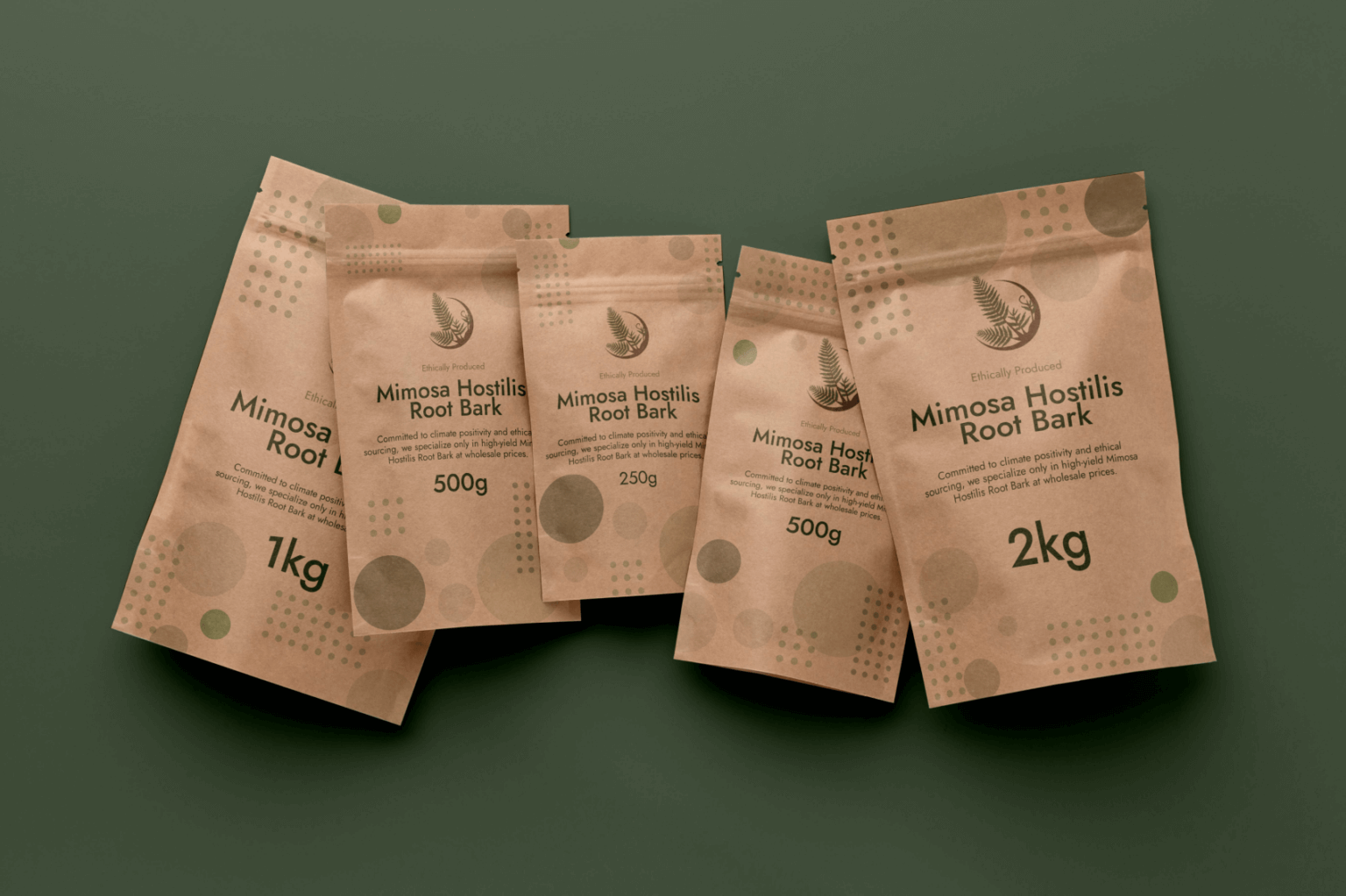
Mimosa Hostilis Root Bark (MHRB) has garnered significant attention in recent years for its broad range of uses, particularly in traditional medicine, natural dyeing, and spiritual practices. This article provides an in-depth look at MHRB for sale, its origins, applications, legal considerations, and how it connects to Jurema Preta, the indigenous term for this remarkable plant.
Mimosa Hostilis, also known as Mimosa tenuiflora, is a perennial tree native to South and Central America, particularly in regions of Brazil and Mexico. The term MHRB specifically refers to the inner root bark of the Mimosa Hostilis tree, which is rich in tannins, alkaloids, and natural pigments.
This root bark is prized for:
When we discuss MHRB for sale, we typically refer to dried and shredded root bark available through various online vendors, typically sourced from Brazil or Mexico.
Jurema Preta is the Portuguese name for Mimosa Hostilis, especially in northeastern Brazil. In indigenous and Afro-Brazilian spiritual traditions such as Umbanda and Santo Daime, Jurema Preta holds sacred value.
Historically, the bark has been used to make a psychoactive brew called Vinho da Jurema (Wine of Jurema), used in spiritual ceremonies for divination, healing, and connecting with ancestors.
While modern interests often focus on its alkaloid content, the cultural context of Jurema Preta should not be overlooked or disrespected.
One of the most popular legal uses of MHRB is in natural dyeing. Its high tannin and pigment content allows it to be used to produce deep purples, browns, and reddish hues on fabric and leather.
Mimosa Hostilis is renowned in traditional medicine for its antimicrobial, anti-inflammatory, and regenerative properties.
In shamanic practices—especially in the Amazon—MHRB has been a key ingredient in visionary brews due to its high concentration of tryptamines. While not legal in all jurisdictions, this usage remains deeply embedded in traditional medicine and spiritual contexts.
As the popularity of MHRB for sale increases, it's crucial to know what to look for in a reliable vendor.
Make sure the vendor offers ethically harvested MHRB. Overharvesting and illegal sourcing can harm native ecosystems and communities. Ethically sourced MHRB should be:
High-quality MHRB should be:
Always ask vendors for lab tests or photos to verify quality.
Depending on your country, the sale and possession of MHRB may fall into a legal gray area, especially if it contains DMT, a Schedule I substance in the U.S. and many other countries.
Check your local laws before purchasing or importing.
As MHRB becomes more commercialized, numerous vendors have emerged—some reputable, others not. Here's how to spot a trustworthy seller:
Avoid vendors who make unrealistic claims or sell "for consumption" if it's not legal in your jurisdiction.
When exploring MHRB for sale, it's essential to respect its cultural roots. The use of Jurema Preta in spiritual practices is deeply sacred to various indigenous and Afro-Brazilian communities.
Appropriating these traditions without understanding or acknowledging their origins can contribute to cultural exploitation.
Ways to be respectful:
The surge in interest around MHRB for sale is a double-edged sword. On one hand, it brings attention to the remarkable properties of Mimosa Hostilis, including its uses in natural dyeing, herbal medicine, and spiritual practice. On the other, it raises concerns around sustainability, legality, and cultural appropriation.
Whether you're buying MHRB for artistic, academic, or ceremonial purposes, always approach with respect, knowledge, and legal awareness. And never forget the sacred name of this powerful plant: Jurema Preta.
Yes, MHRB is the inner root bark of the Mimosa Hostilis tree, which is commonly referred to as Jurema Preta in Brazil.
This depends on your local jurisdiction. In many countries, possession of the bark is legal, but extraction or consumption may not be.
Risk of poor quality, unethical sourcing, and legal consequences. Always vet your vendors carefully.
The bark contains DMT, a naturally occurring tryptamine, but it must be extracted and activated through specific means—something that may be illegal depending on your location.